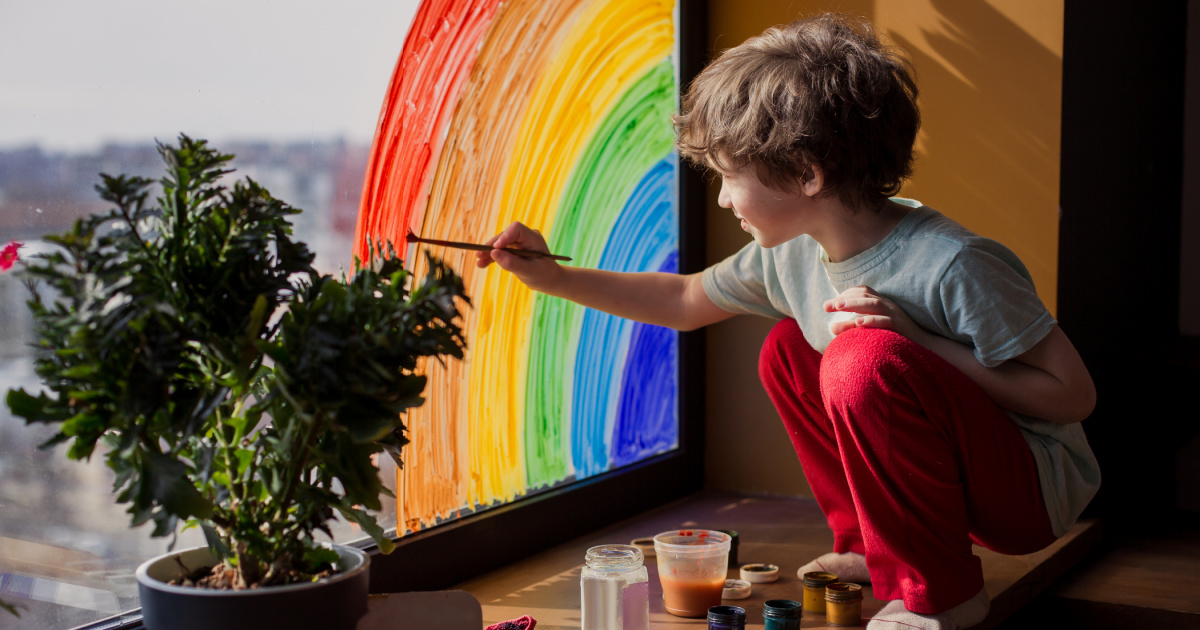
A pretty significant portion of the population would likely claim to enjoy being creative.
Whether it’s visual art, writing, acting, video game development, or some other form of creative expression, it’s more than a hobby for some – it’s a career.
Every human being is creative in one way or another, and our ability to think outside the box is one of the traits that has allowed us to not only survive, but to thrive, throughout the centuries.
Scientists have long been keen to understand where it comes from and why, and recently, they think they may have unlocked at least part of the puzzle.
A recent study, in fact, suggests that creativity involves joint activity of more than a few parts of your brain.
There are many interconnected regions of the brain, and decades of research points to different areas specializing in specific functions.
One was never pinpointed for creativity, though.
That said, one of the brain’s pathways – a default mode network (DMN) – could be involved in creative thought. The DMN was described 20 years ago when scientists observed that a group of regions in the cortex were active at the same time during periods of quiet waking. The network is also active during daydreaming, mind wandering, self-reflection, meditation, and creative thinking.
Eleonora Bartoli, a professor of neurosurgery at Baylor, proved the last fact by recording the activity of the brains of 13 participants. They asked their subjects to complete a creative task – listing alternative uses for everyday objects.” This “divergent thinking” pushes our minds to search for connections between unrelated concepts. They were scored on how many uses they could come up with, as well as how original their ideas were.
During this process, the DMN was active – but so was the frontoparietal control network (FPN).
The latter is typically associated with problem-solving and attention, and took over once lists of alternative uses began to form.
Researchers then went a step further, and tried to find a causal link between creative idea association and activity in the DMN.
They disrupted the activity in the DMN during the task and, as a result, saw the participants come up with more original ideas.
Their findings prove that there isn’t one place in the brain that’s responsible for creativity.
It requires the connection between regions and networks to put all of the pieces together.
Thought that was fascinating? Here’s another story you might like: Why You’ll Never See A Great White Shark In An Aquarium